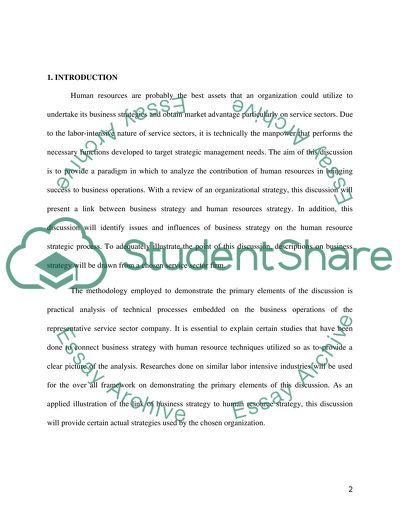Cite this document
(“Strategic Human Resource Management: McDonalds Case Study”, n.d.)
Strategic Human Resource Management: McDonalds Case Study. Retrieved from https://studentshare.org/miscellaneous/1503500-strategic-human-resource-management-mcdonalds
Strategic Human Resource Management: McDonalds Case Study. Retrieved from https://studentshare.org/miscellaneous/1503500-strategic-human-resource-management-mcdonalds
(Strategic Human Resource Management: McDonalds Case Study)
Strategic Human Resource Management: McDonalds Case Study. https://studentshare.org/miscellaneous/1503500-strategic-human-resource-management-mcdonalds.
Strategic Human Resource Management: McDonalds Case Study. https://studentshare.org/miscellaneous/1503500-strategic-human-resource-management-mcdonalds.
“Strategic Human Resource Management: McDonalds Case Study”, n.d. https://studentshare.org/miscellaneous/1503500-strategic-human-resource-management-mcdonalds.


